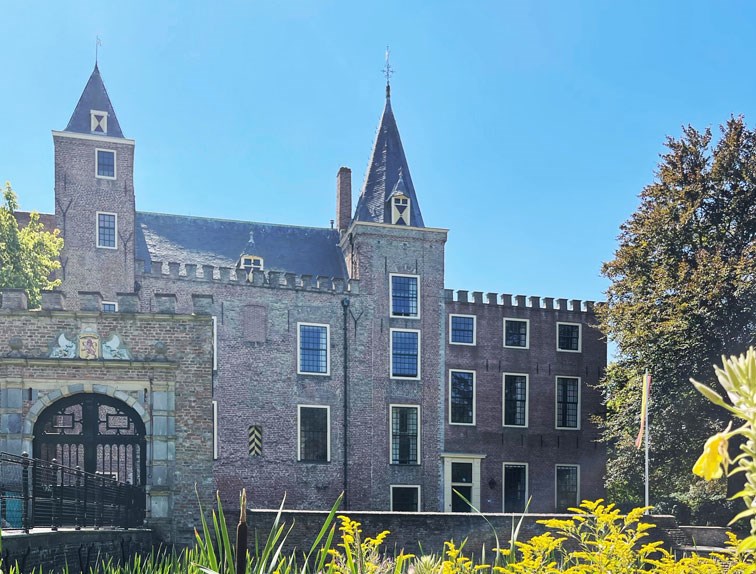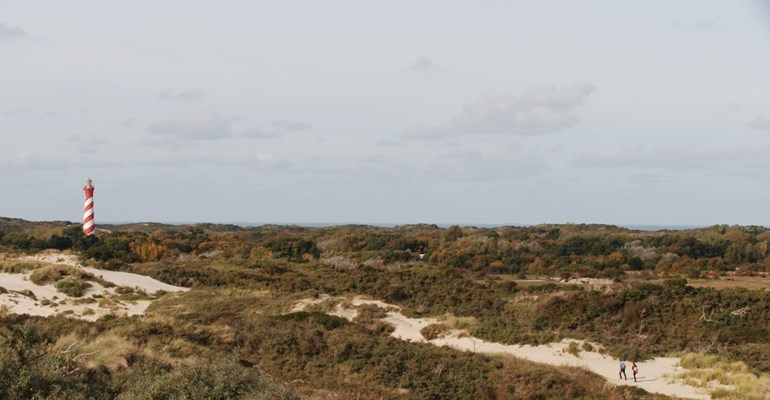
No end to Burgh-Haamstede
Twin villages are twice as nice, you know that. With Burgh and Haamstede, you also get Nieuw-Haamstede on the side, at the coast. Not that it’s all densely populated. Not at all. Its heart is, well, pretty pretty amid well-spaced holiday homes in the trees and the dunes. Ideal for visitors keen on staying – this is a real part of Zeeland, with green woods, rolling sand hillocks and beaches on call.
Carolingian hill fort
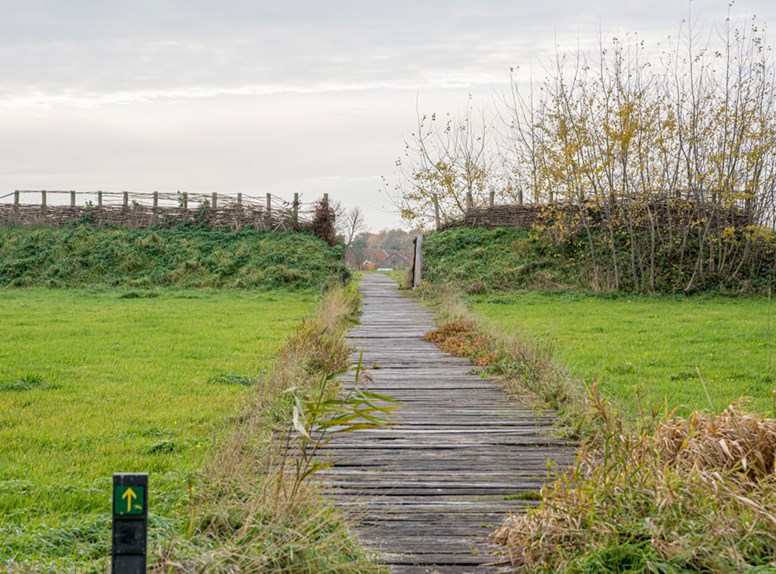
Lighthouse, beacon, banknote
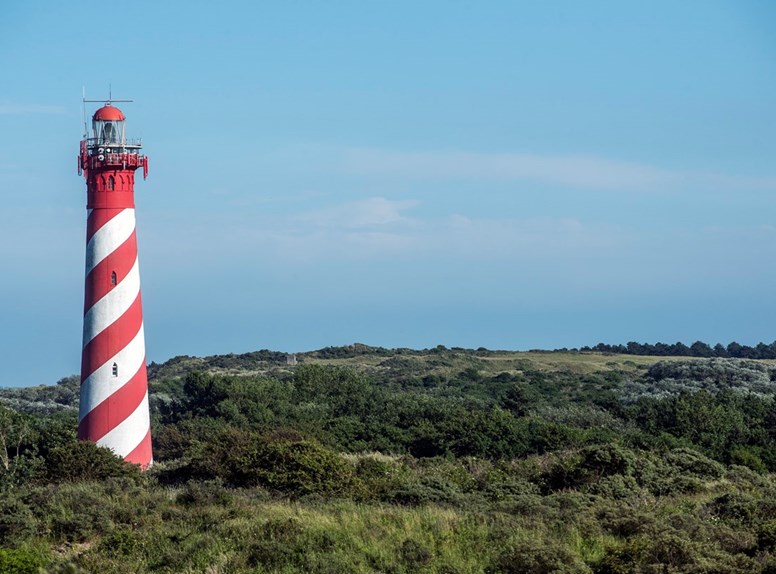
The Forest of Westerschouwen
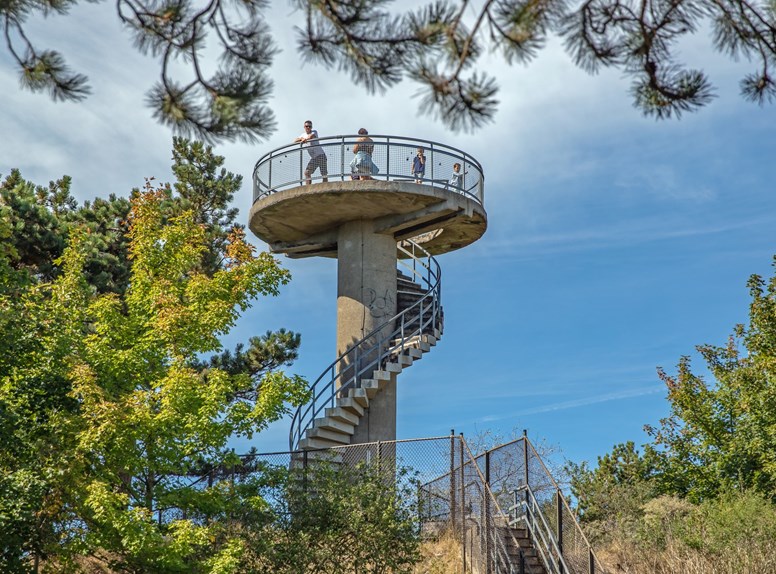
The dunes they call gulls
The Meeuwenduinen – those birds shriek out their name! – are indeed among the most stunning in Schouwen-Duiveland. They range from the raw to the rare, hosting mosses and wild grasses. As well as their namesakes, local tribes include rabbits, larks and other songbirds. Black-backed and herring gulls breed by their thousands. The dunes are carefully curated, to allow rare flora to bloom, while Shetland ponies and fallow and roe deer tend pastures so that wild orchids and sea holly can thrive. You’ll take all this in along a seven-kilometre walking trail: fitter feet can set out on the even nicer 12-km version from the Excursion Shed in the forest.

The Burghse Schoole museum
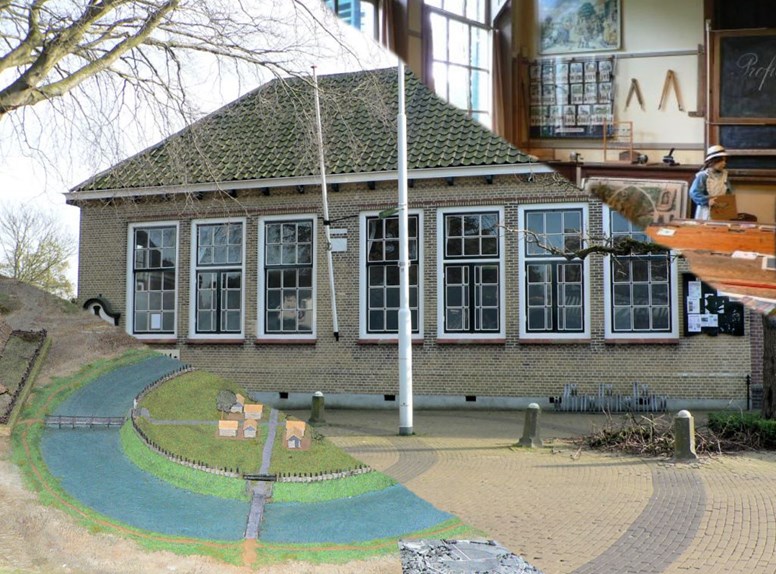
Haamstede Castle and the Zeepeduinen
